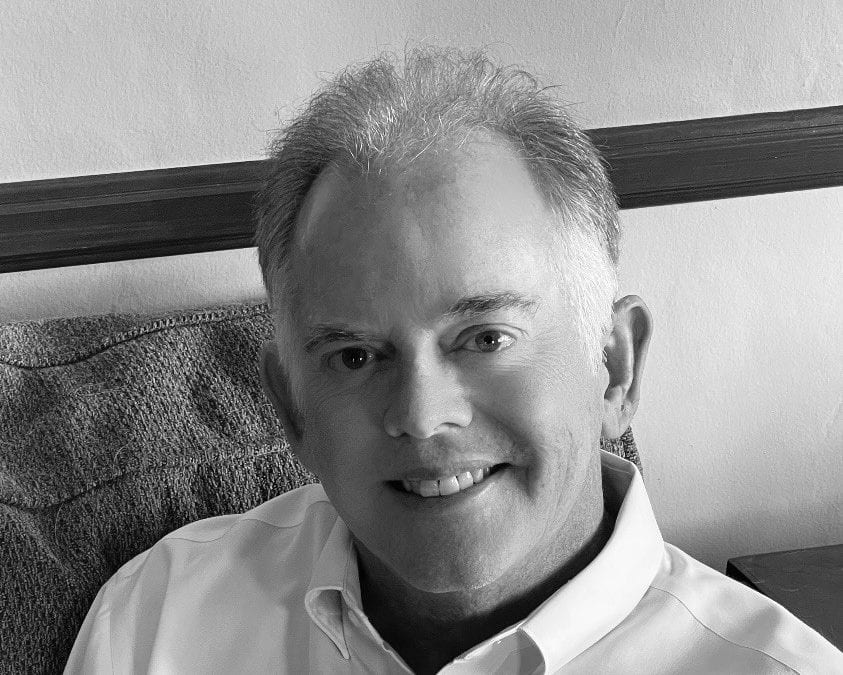Richard Houston (B.Arch. ’80), AIA, is a licensed architect and a vice president at HKS Architects in Los Angeles, California. In this conversation, he discussed his passion for healthcare architecture and how he applies problem-solving to all aspects of his life.
How did you first become interested in architecture and why?
My father was an electrical contractor, and I used to visit the construction sites with him. I was just amazed at the drawings that the architect made and that they told so many different people how to build the building.
Why did you choose to go to the University of Arkansas?
I was born and raised in Arkansas, and so naturally I was a big Razorback fan. Plus, my two brothers went to the university before me.
What has been the most challenging project you’ve worked on and why?
I’m currently working on a hospital in California whose campus straddles an earthquake fault. Lots of restrictions on what you can and cannot do, as you would imagine.
What is the most rewarding part of your job?
I accidentally fell into healthcare architecture, and I could not have a more rewarding feeling knowing that what I assist in producing is going to help people recover from sickness or injury.
What are your interests or involvements outside of design?
I enjoy being outdoors – hiking, bicycling, running. I enjoy reading books about historical events, especially military ones.
What unique experiences or perspectives do you have that make you stand out as an architect?
As an architect, we are taught to look for problems so we can provide solutions. I try and carry that into every aspect of my life.
Who have been your biggest supporters?
The late Murray Smart was the dean of the School of Architecture when I attended. He was very supportive of me and helped me many times on my way to graduation.
What’s the best part of being an architect?
I like to know that I’m part of a larger fraternity of architects through the ages, and that the proof of our existence is all around us and that it is a testament to always looking forward and improving our built environment.
